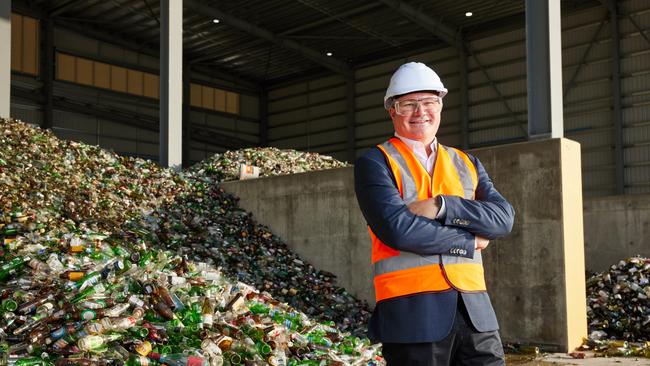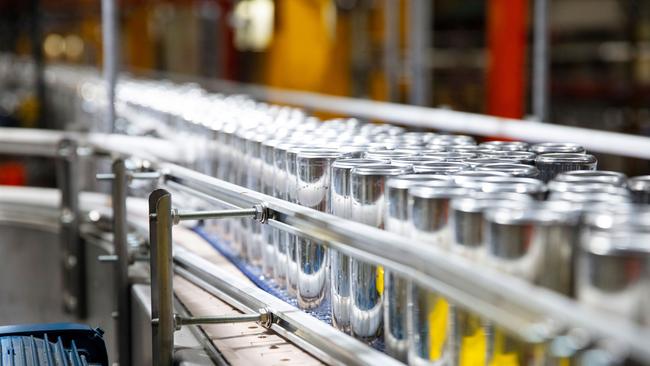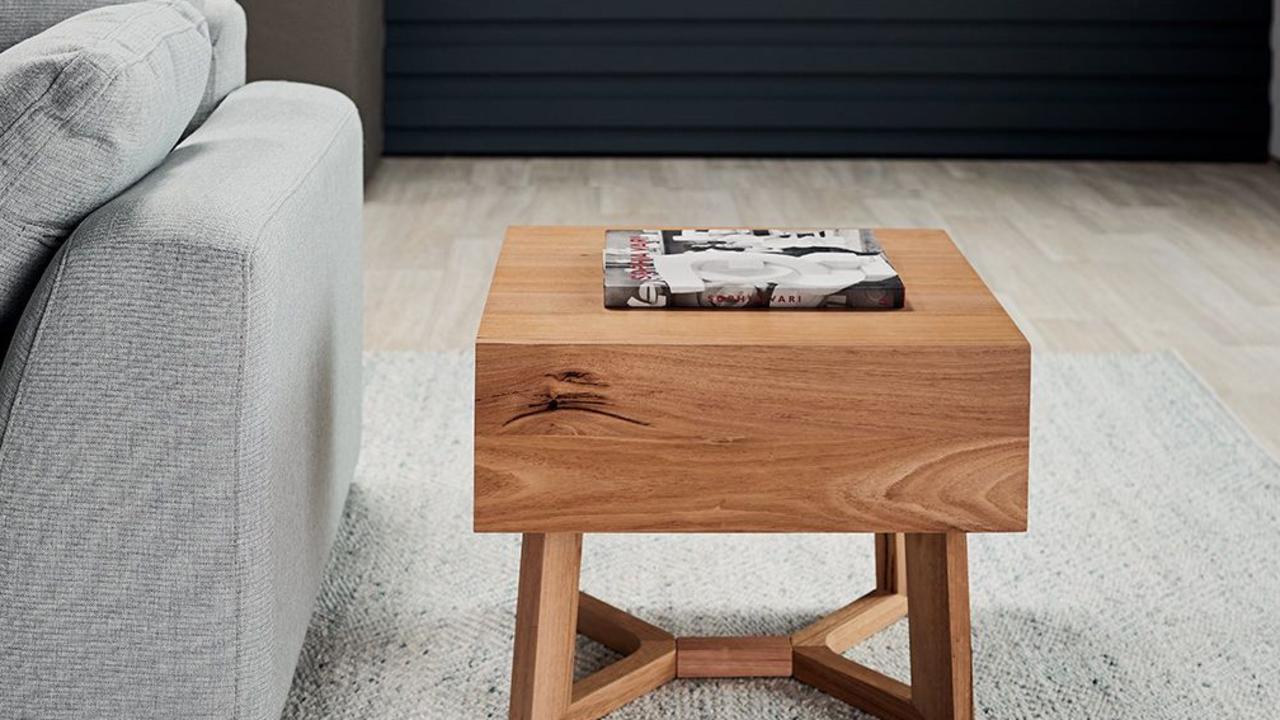Orora to move some Australian production to UAE amid weak wine demand
South Australian glass bottle maker Orora flags job losses as it cuts local production, shuts its oldest furnace and sends work offshore amid rising energy costs and declines in wine and beer bottle demand.

Business
Don't miss out on the headlines from Business. Followed categories will be added to My News.
Glass bottle and can manufacturer Orora will cut glass capacity in Australia and redirect some of its production volumes to the United Arab Emirates, resulting in some job losses, as it contends with a prolonged decline in commercial wine and beer volumes.
The ASX-listed group announced it will close its oldest furnace, G1, at its Gawler glass plant in South Australia by the second half of 2025, transitioning from a three-furnace to a two-furnace operation.
Orora employs 400 staff at its Gawler facility, but the company has not yet determined how many jobs will be impacted by the furnace closure. It is currently working on an organisational structure for a two-furnace operation.
It will also review capacity at other sites, including France, and invest in modernising its Ghlin glass manufacturing site in Belgium, where all European wine and champagne bottles will be produced.
The restructuring comes as the Australian wine sector faces significant headwinds, with domestic demand declining faster than export growth to China and alternative glass markets like food jars. Orora cites cost-of-living pressures, a shift from beer, and rising energy and labour costs as additional challenges.
Orora chief executive Brian Lowe said initially a small overflow of capacity will be sent to the UAE from South Australia, adding that the step was required due to ongoing softness in Australia.
“Unfortunately, the Australian commercial wine market has been in structural decline for almost a decade. And while the lifting of the tariffs on Australian wine exports to China was positive news, exports to China are significantly less than pre-tariffs levels. Given this, we have made the difficult decision to transition our Gawler operations in Australia from three furnaces to two furnaces later this calendar year,” he said.
“This is a necessary step to ensure the long term future and success of the Gawler site. Importantly, we remain committed to servicing the Australian beverage industry, and will manage production through the recently rebuilt G3 oxy-fuel furnace and the existing G2 furnace.”

Orora will also resume a $320m share buyback program of up to 10 per cent of its issued capital following the sale of its North American packaging solutions business (OPS). The buyback, initially announced in December, will resume on Thursday after the company posted a statutory after-tax profit of $907.6m for the December half, a sharp increase from $68.2m a year earlier.
Shares in Orora fell 4.7 per cent on Thursday to $2.23 after underlying earnings came in at $121m, below the market forecast of $128m. Citi analyst Samuel Seow said it was a tough result, with revenue also 6 per cent less than forecasted.
“It was a challenging result, with the quality of the depreciation changes to be questioned. However, the market was largely expecting a soft macro environment and the share price reflected this into the result,” he said.
“On a positive, its Cans business looks world-class on first take. We expect this result will take some time to digest near term.”
The company’s global glass segment reported a 41.3 per cent surge in EBIT to $71.4m, driven by the inclusion of Saverglass, a French glass manufacturer acquired in late 2023. However, excluding Saverglass, earnings in the division fell 75.9 per cent due to the impact of a furnace rebuild at the Gawler site.

Once the sale of OPS and other significant items were excluded, the group’s profit from continuing operations rose 1.2 per cent to $58.8m as revenue soared nearly 65 per cent to $1.03bn. The sale of OPS to Veritiv Corporation for $1.79bn allowed the company to significantly reduce debt, with total borrowings cut from $2bn to $384.3m.
“We are now focused on organic growth opportunities, particularly through capacity expansion of the Cans business and leveraging our Global Glass network to cater for all segments of the beverage industry,” Mr Lowe said.
Despite challenging global conditions, Orora remains confident about the long-term prospects of its beverage packaging business. Mr Lowe said group earnings for the second half would be broadly in line with the same period in 2024, with each business improving from the first half of fiscal 2025.
“G3 is fully operational and there will be no further impact from the G3 rebuild. Volumes are seasonally lower in the second half compared to the first, with the structural challenges of commercial wine to remain,” Mr Lowe said.
“For our Cans business, we expect an improved growth rate in second half volumes compared to the prior year. The focus remains on new capacity additions, with Revesby commissioning and the commencement of the Rocklea expansion. As always, this outlook remains subject to global and domestic economic conditions, currency fluctuations and the potential of US tariffs.”
An interim dividend of 5c per share was declared, consistent with the previous two payouts.
Originally published as Orora to move some Australian production to UAE amid weak wine demand



